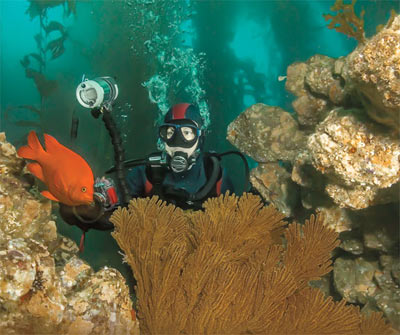Dramatically reducing your risk of decompression sickness could be simple as one, two, three.
ONE:
If your dive is 80 feet or deeper, take a ONE-minute “deep stop” at half your maximum diving depth. This is now becoming such a heavily accepted diving practice that it is built into some newer model dive computers.
TWO:
We are all taught in our basic Openwater dive certification class to take a three-minute stop at 15 feet, but personally, I like to add an extra TWO-minutes to that three for a total of a five-minute safety stop. This is a particularly good practice on long deep dives (80 feet or more) or multiple deep dives.
THREE:
On multiday dive trips, it is popular to dive up to five dives a day. Nitrogen accumulates over the multiple dives during the day and a more insidious effect is that by day three or four, not all nitrogen is flushed from your system, even after 12 to 18 hours (even if our computer tell us it is). Sit out dive number THREE each day. Give your body a better chance to off-gas. Save your bottom time for dive four, typically a late afternoon dive when diving can be special, as there is change in the marine life on the reef as night approaches. Instead of dive three, take a nap.
And finally, count slowly. I’d bet my bottom dollar that more divers violate the safe ascent practice of 30 feet per minute than any other safe diving practice.










